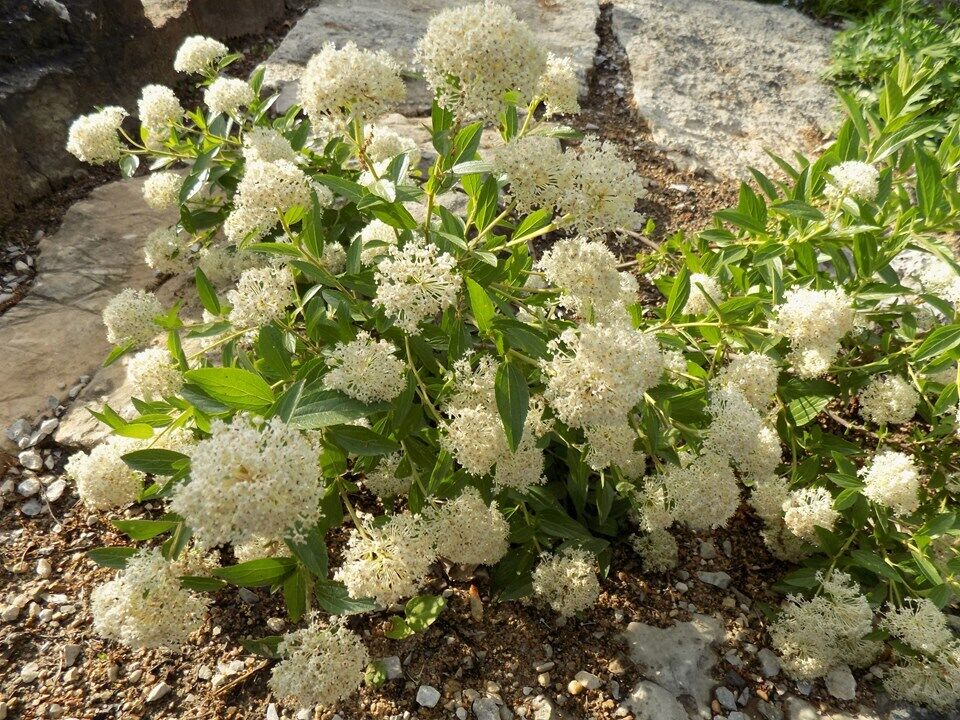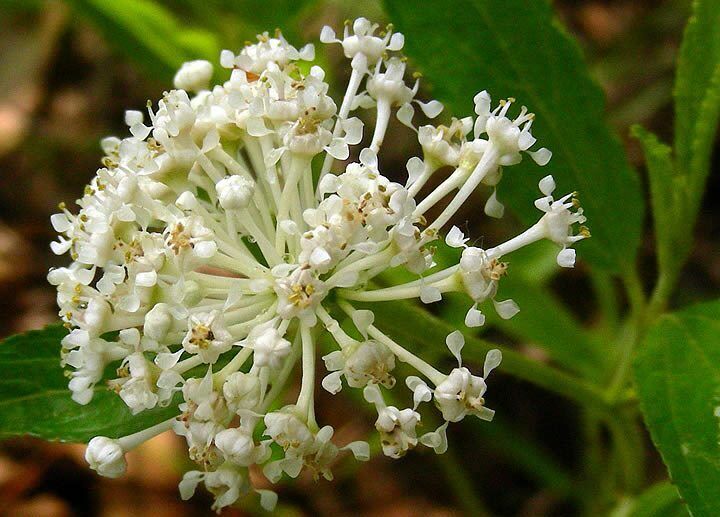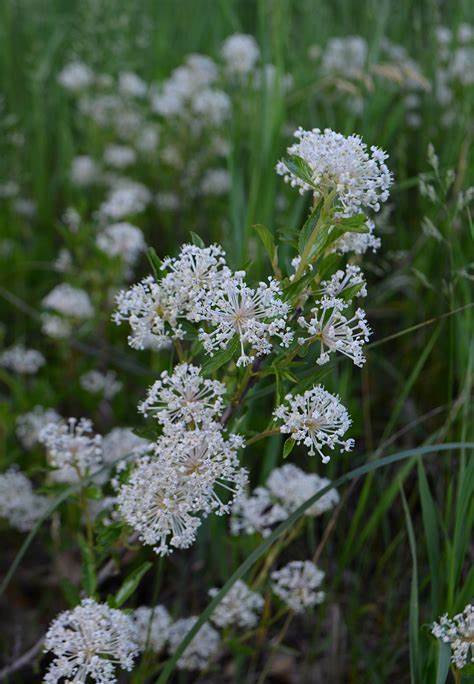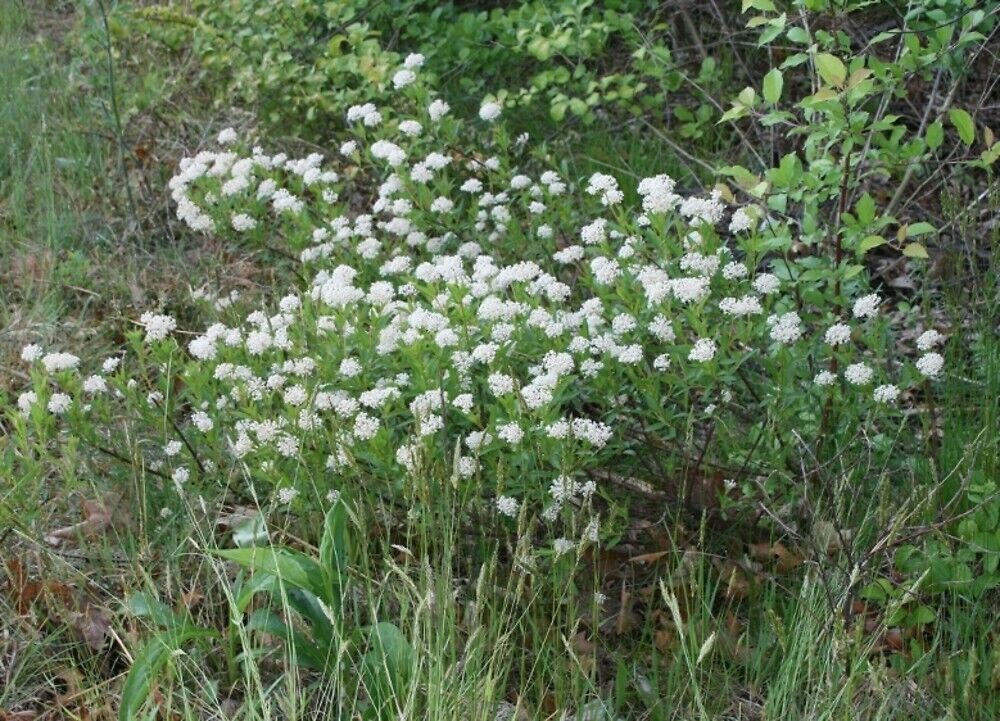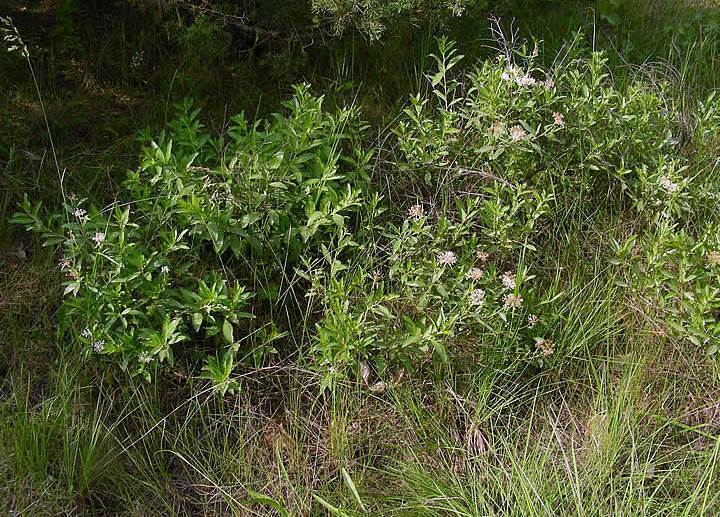-40%
redroot, prairie redroot (Ceanothus herbaceous (syn. C. ovatus)—50 seeds (.50)
$ 1.84
- Description
- Size Guide
Description
—redroot (prairie redroot), inland Ceanothus, inland New Jersey tea, Indian Tea(
Ceanothus herbaceous
(syn.
C. ovatus
)
)
—flowering shrub
—
Size
: 18-36” tall by 18-36” wide
—Site
: full sun to part-shade
—USDA Hardiness
Zones
: 4-9
—
To Propagate
:
Soak seeds 24 hours then 30-90 days cold, moist stratification. Seed can be started with no pretreatment but germination will be delayed or significantly reduced.
A small, upright native ornamental shrub with attractive glossy, clean leaves and very showy white flower clusters from April to July.
Closely related to the more common
Ceanothus americanus
(New Jersey tea), redroot is native to a much more limited natural distribution, being absent in the southeast and no longer present in some northern states, endangered in others such as Vermont. Redroot’s primary differences with New Jersey tea is its smooth, shiny leaves as opposed to the dull, hirsute leaves of New Jersey tea and redroot is quite dense in foliage. Also, New Jersey tea’s blooms are less numerous whereas redroot’s blooms are more spherical and can almost cover the plant making this one of our showiest native small shrubs. For these reasons redroot is considered superior to
C. americanus
.
Besides the ornamental qualities of redroot a variety of birds—quail, bobwhite, etc.—eat the seeds and the flowers are an important spring nectar source for generalist pollinators.
Very adaptable, tolerant of the extreme heat of the south to the cold of the north. Native to rocky, infertile alkaline limestone prairies, redroot’s ability to fix atmospheric nitrogen allows it to produce its own fertilizer and, in the process, enriching the soil. Unlike
C. americanus
redroot tolerates a good deal of shade, growing in the open, but more commonly on the wood’s edge. The amount of shade will reduce the blooms and fullness of redroot, but it is still a good option for such situations.
Redroot can be grown as a specimen or in groups as it occurs in nature. An excellent shrub that should be planted more often. A welcome plant by a wide range of pollinators.
The leaves of redroot were used by Native Americans to make a medicinal Tea and a remedy can be obtained from the roots, hence the common name.
Note
: If you order more than one lot of one species of seeds, for example you place two orders of 100 seeds, or whatever variation is offered, we assume you want 200 seeds and your order will be sent in one seed packet.
Also note:
As a new listing this year our supply of seeds was harvested, prepared, packed
, and ready
for the 2022
season (
Seeds are always "packed for" the year following the year that they were harvested.)
. These seeds are ready to plant
now,
or next year
—if properly stored they will last through the end of 2022.
